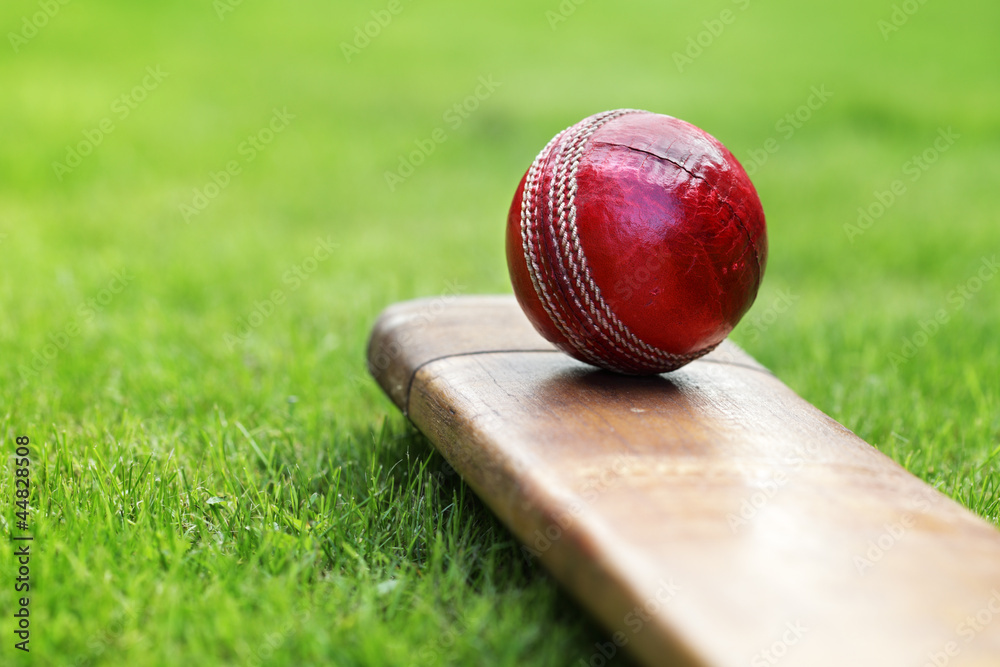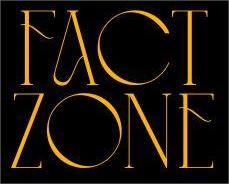
An Extensive Guide to the Gentleman’s Game: Cricket
A rectangular pitch of 22 yards is at the middle of a field where two teams of 11 players compete in the bat-and-ball sport known as cricket, which is sometimes praised as a gentleman’s game. Due in large part to its long history, strategic depth, and variety of formats, the game has developed a huge global popularity, especially in Commonwealth countries. The history, regulations, formats, important competitions, and some of the most well-known personalities who have influenced cricket are all covered in this page.
An Overview of History:
Cricket was first specifically mentioned in Guildford, Surrey, England, in 1597. The sport may have started even earlier, as a children’s pastime in the Weald region of southeast England, maybe during the Saxon or Norman eras, according to evidence. Cricket had established itself as an adult activity by the 17th century with the first known match between county teams recorded in 1709.
Since its founding at Lord’s in London in 1787, the Marylebone Cricket Club (MCC) has been responsible for upholding the Laws of Cricket and has a significant influence on the rules governing the sport. Important elements of the game, such pitching the ball (as opposed to rolling it) and the invention of the straight bat, were developed during the 18th century, when the rules were standardized.
Cricket’s globalization began in the 17th and 18th centuries, when British colonization and trade brought the game to North America, the West Indies, and India. The sport gained popularity in early 19th-century South Africa, Australia, and New Zealand.
Recognizing the game’s rules:
The primary goal of cricket is for one team to outscore the other in runs. This is accomplished by batting, and the fielding team tries to limit the score and get rid of the batsmen. The following are some important rules:
Groups: Two groups of eleven players each.
A rectangular space that is 22 yards long and 10 feet broad, the pitch has three wickets—vertical wooden posts—at either end. The wickets have two horizontal components called bails on top of them.
• Batsmen score runs by striking the ball that the opposing bowler bowls and sprinting in between wickets. Additionally, borders are used to score runs (four if the ball bounces before crossing the boundary, and six if it crosses on the full).
In bowling, the bowlers try to get rid of the batter by delivering the ball from one end of the pitch to the wickets at the other end.
Getting a batsman out, or dismissals, can happen in a number of ways, such as:

